The 13 Best Floral Fragrances, Tested and Reviewed by Editors
Stop and (literally) smell the roses.
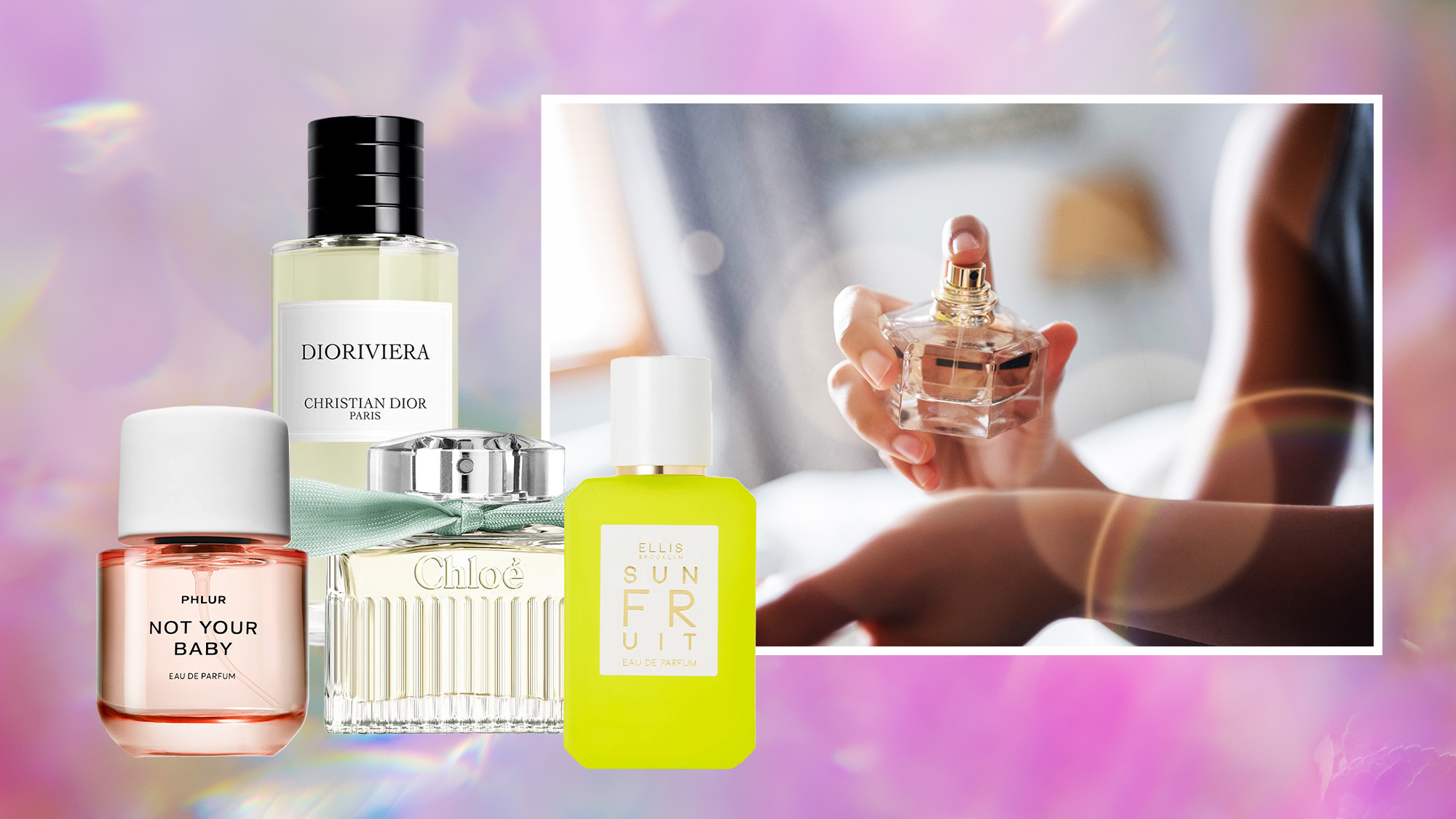
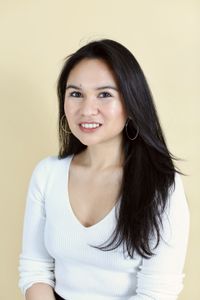
Samantha Holender
For the longest time, I refused to wear anything in the floral fragrance family. I feared smelling stale or like an overwhelming cloud of roses. But after diving deep into the world of the best ever perfumes, I’ve concluded that the best floral fragrances are actually supremely chic and sophisticated.
Some floral scents smell light, airy, and are perfect for summer. Others have a subtle sweetness that marries floral notes with hints of citrus or gourmand ingredients. Many, you wouldn’t even think are floral-first, as woody, aquatic, and spicy notes blend together.
“The floral category has been a fan-favorite for a long time, but I think there are cool new iterations and formulations that give florals a new sophistication,” says Ellis Brooklyn founder Bee Shapiro. “We’ve been on a gourmand kick for so long, that fresh takes on florals feel modern." She suggests looking for modern takes on tuberose, rose, and gardenia, three timeless floral notes. Cult classics from brands like Chanel, Gucci, and Diptyque will always have a spot on the list of best floral fragrances but newer innovations from Marc Jacobs and Tory Burch are quickly gaining popularity in the perfume category.
Keep reading to find out which floral fragrances I, along with the rest of the Marie Claire team, deem to be the best of the best.
The Best Floral Fragrances
- Best New Floral Fragrance: Marc Jacobs Perfect Elixir Eau de Parfum
- Best Classic Floral Fragrance: Diptyque Les Essences Rose Roche Eau de Parfum
- Best Leather Floral Fragrance: Tory Burch Sublime Eau de Parfum
- Best Gourmand Floral Fragrance: Gucci Flora Gorgeous Orchid Eau de Parfum
- Best Natural Floral Fragrance: Vintner’s Daughter Understory Vol. 2
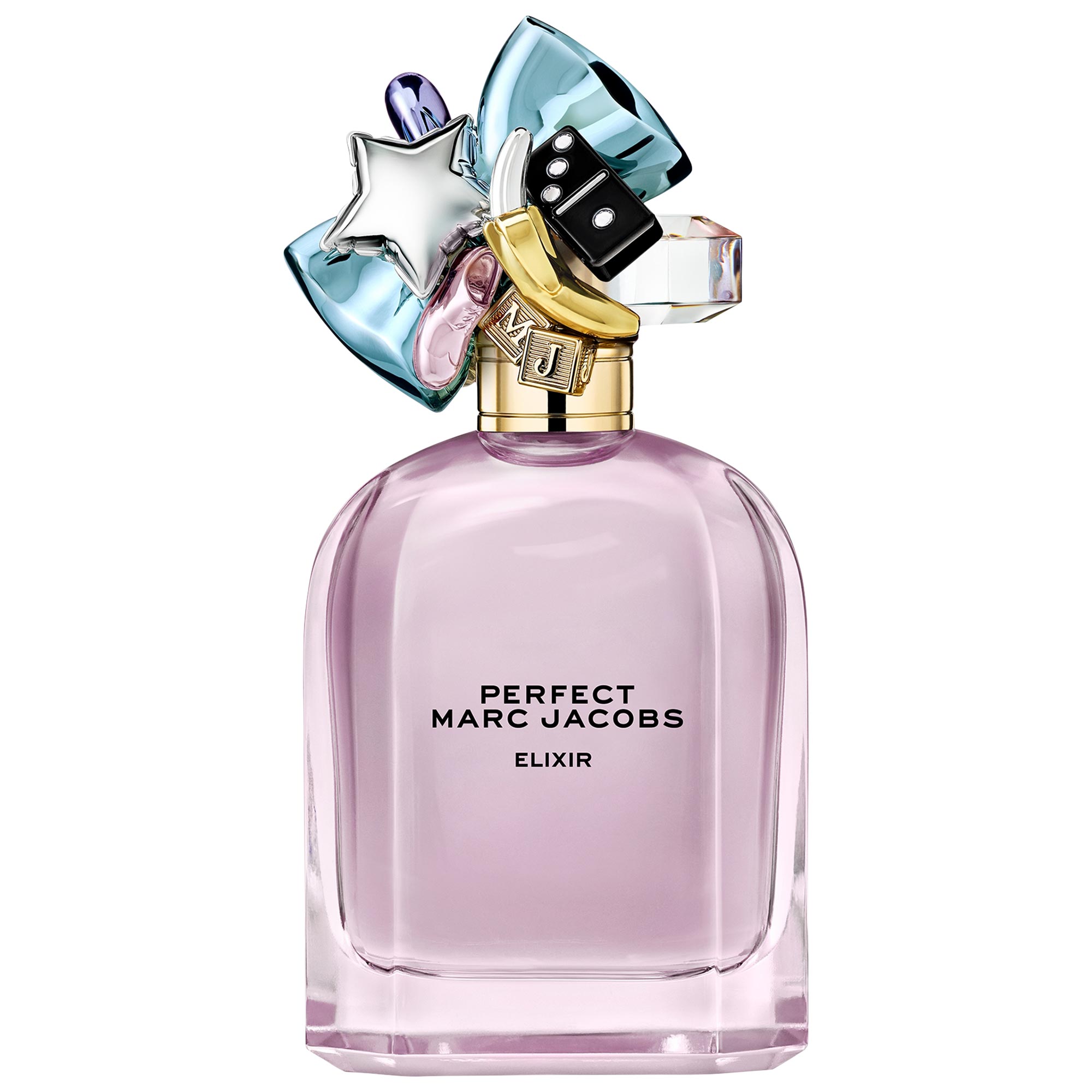
Striking the perfect balance between cozy and sweet, we can’t help but fall in love with this new Marc Jacobs scent. It kicks off bright and fruity thanks to notes of plum, rhubarb, and orange blossom, then settles into a deep vanilla base for a warm dry down that lasts for hours. The phrase “feels like a warm hug” was invented for this scent.
Fragrance Family: Warm Florals
Key Notes: Purple Rhubarb Accord, Golden Amber-Woods Accord, Vanilla Bean Extract
Size: 3.3 fl oz.
What We Love: Its sweetness is rounded out with warm vanilla and amber notes that just feels extra cozy.
What We Don’t: It’s heavy, which can be a bit overwhelming if you want something lighter.
Review for MC: “I like to break fragrance rules (like a true Aquarius) and reach for a floral scent during the colder months to brighten my day. This new Marc Jacobs perfume delivers the best of both worlds with its bright fruity notes and warm vanilla base for a nice balance between two contrasting moods; it brings a ton of energy and settles into something calmer, grounded, and all-around lovely.” — Audrey Noble, Contributing Beauty Writer
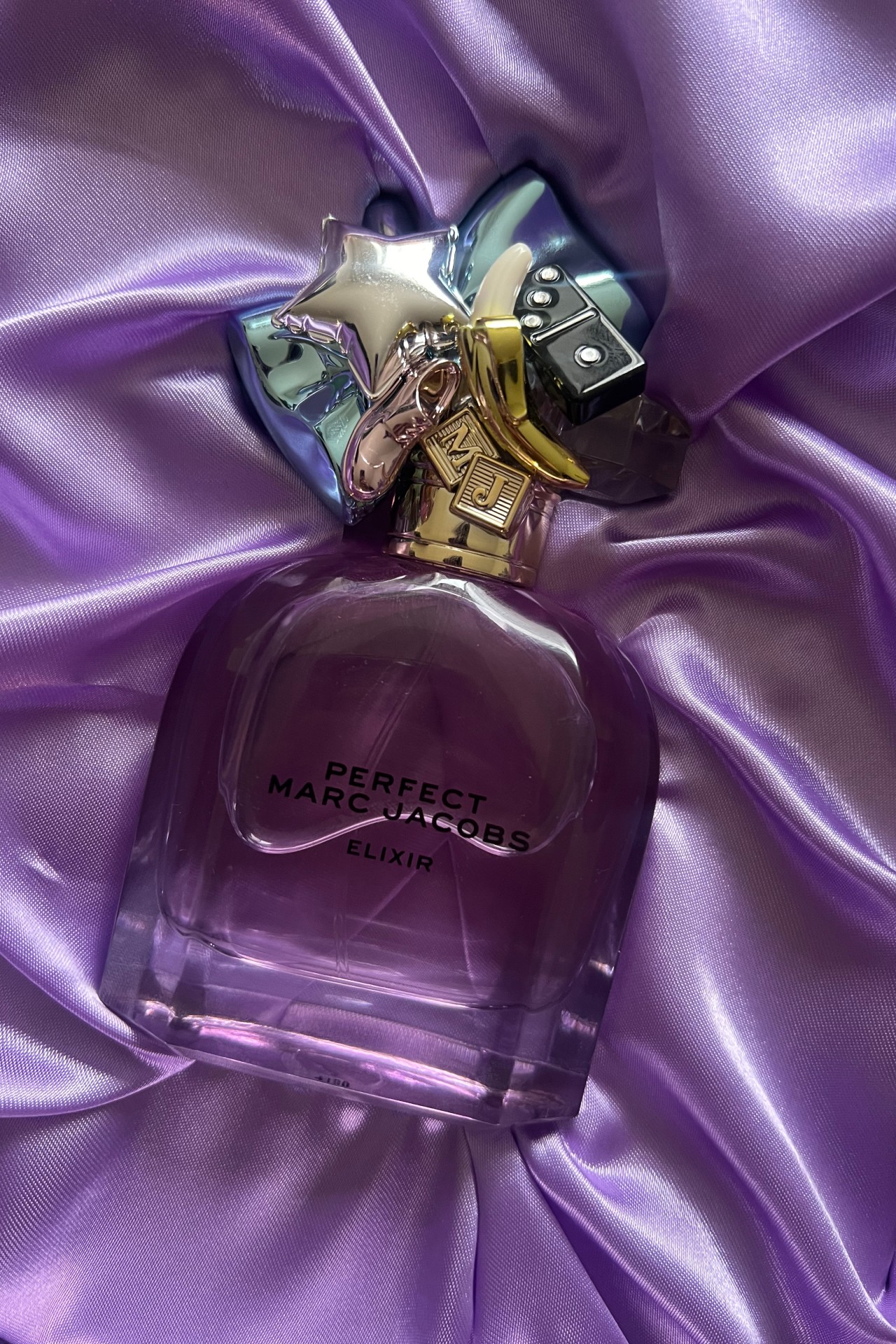
Audrey Noble wears Marc Jacobs Perfect Elixir Eau de Parfum
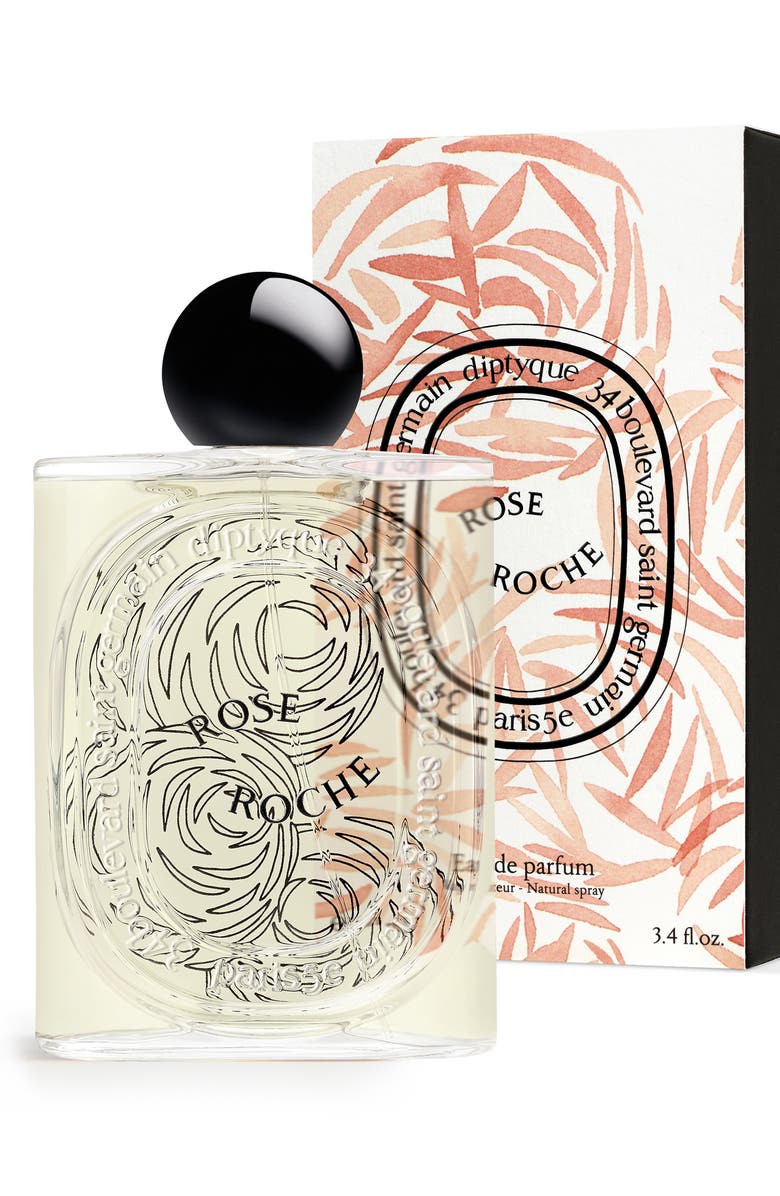
To quote an old adage: "If it ain’t broke, don’t fix it." Sometimes, all you need is a classic floral scent, and Diptyque’s latest launch gives me just that. Rose Roche opens up with familiar rose notes before bursting into energizing lemon and patchouli. Simple and refined, there’s nothing overly complicated about this scent—and that’s exactly why I love it.
Fragrance Family: Floral
Key Notes: Lemon, Centifolia Rose, Patchouli
Size: 3.4 fl oz.
What We Love: It’s a no-frills classic floral scent that’s simple yet refined.
What We Don’t: It’s a delicate scent that may not last as long as you’d like.
Review for MC: “When I'm a floral purist, I turn to this new launch from Diptyque. It has a pretty rose top note but keeps the good vibes going with fresh lemon and patchouli to restore that bright and playful energy. It’s a standard—but still very much delightful—floral scent. It's my go-to when I'm looking to simplify at least one aspect of my life.” — Audrey Noble, Contributing Beauty Writer
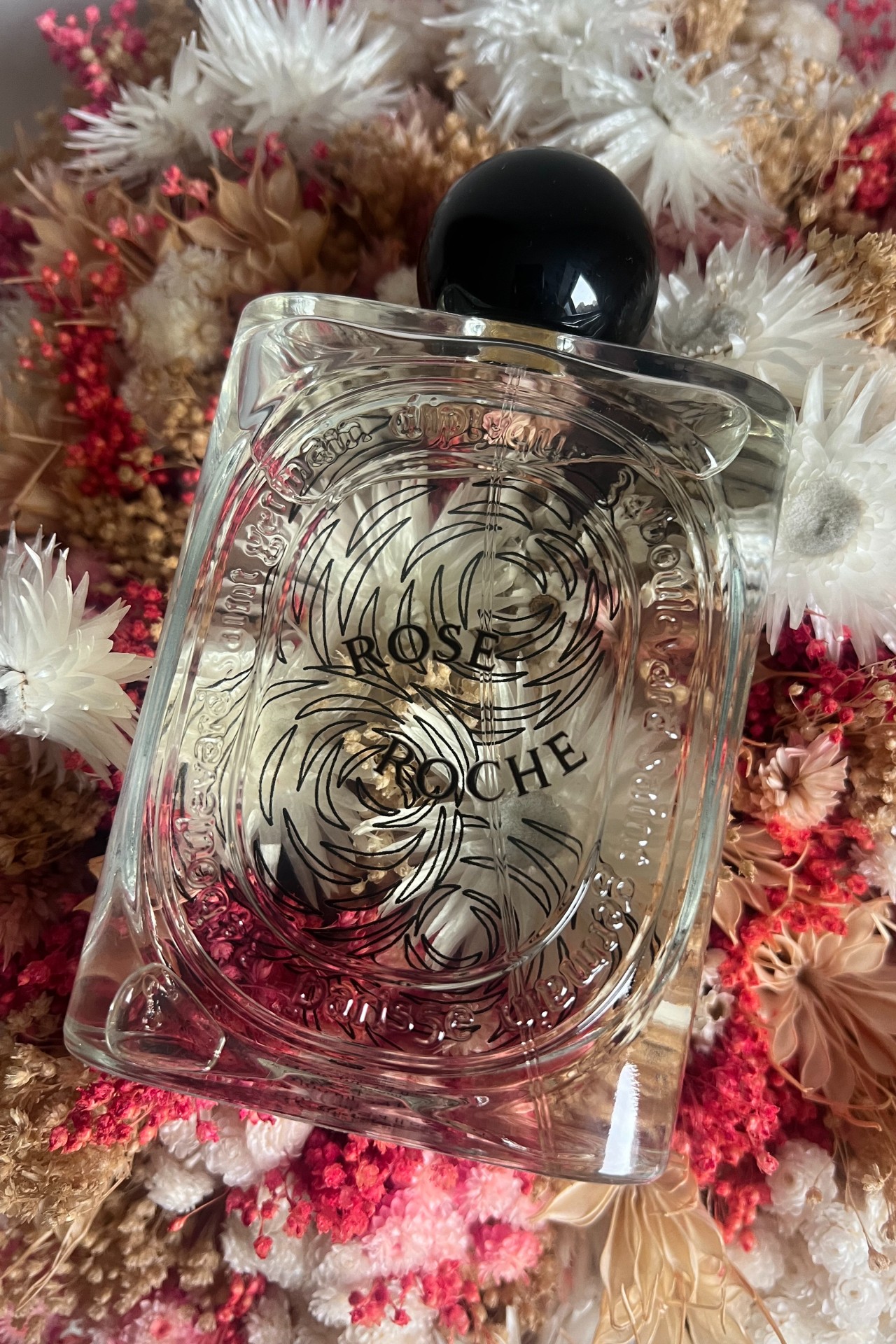
Audrey wears Diptyque Les Essences Rose Roche Eau de Parfum
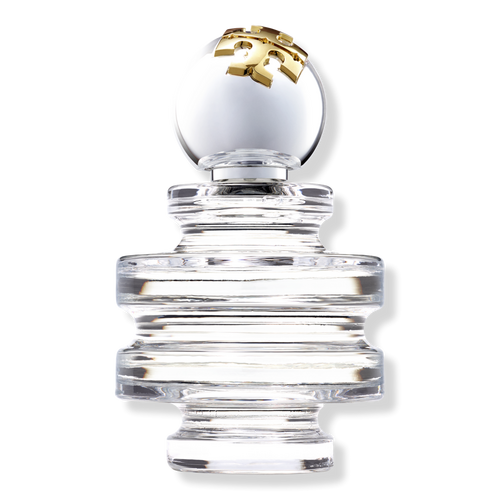
A leather floral scent sounds like an oxymoron, but stay with me. It's fizzy and fresh to start, with notes of mandarin and rose, but it dries down to a moody and deep leather-tinged vetiver for an unusual but satisfying dry-down. Intriguing and unexpected, this keeps all my coworkers and friends on their toes.
Fragrance Family: Floral
Key Notes: Mandarin Essence, Upcycled Rose, Magnolia Accord, Patchouli
Size: 1.7 fl oz.
What We Love: It takes two opposing scents—leather and floral—and mixes them together for a really lovely scent.
What We Don’t: It’s not as long-lasting as we’d like.
Review for MC: “Like soulmates who don’t make sense on paper but are just meant to be, leather and floral notes are an unexpectedly perfect match. Fresh rose and magnolia takes a surprise turn into leather territory and create a lusty, lingering scent. I loathe the saying ‘love happens when you least expect it,’ but that has been my exact experience with this Tory Burch scent.” — Audrey Noble, Contributing Beauty Writer
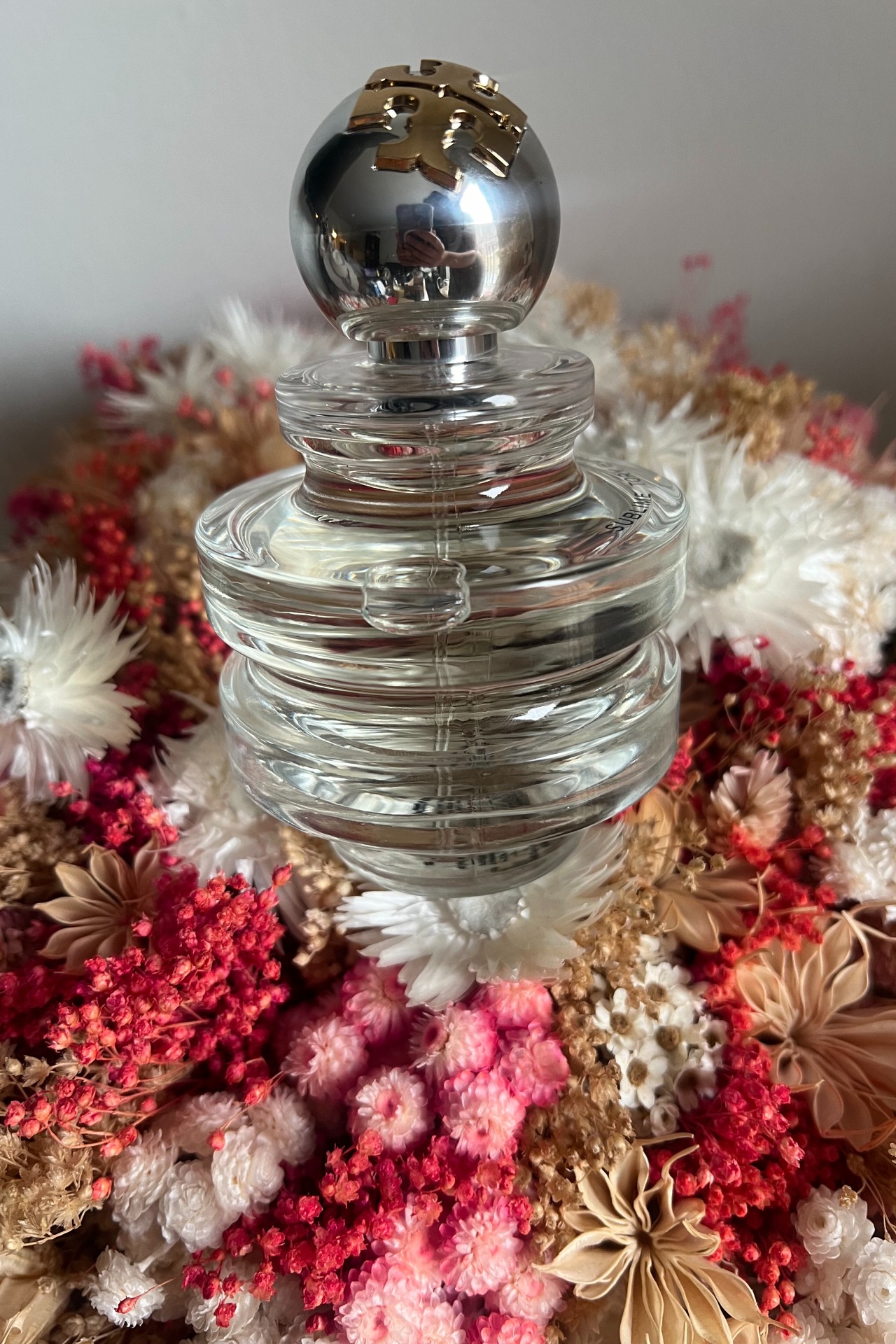
Audrey Noble wears Tory Burch Sublime Eau de Parfum
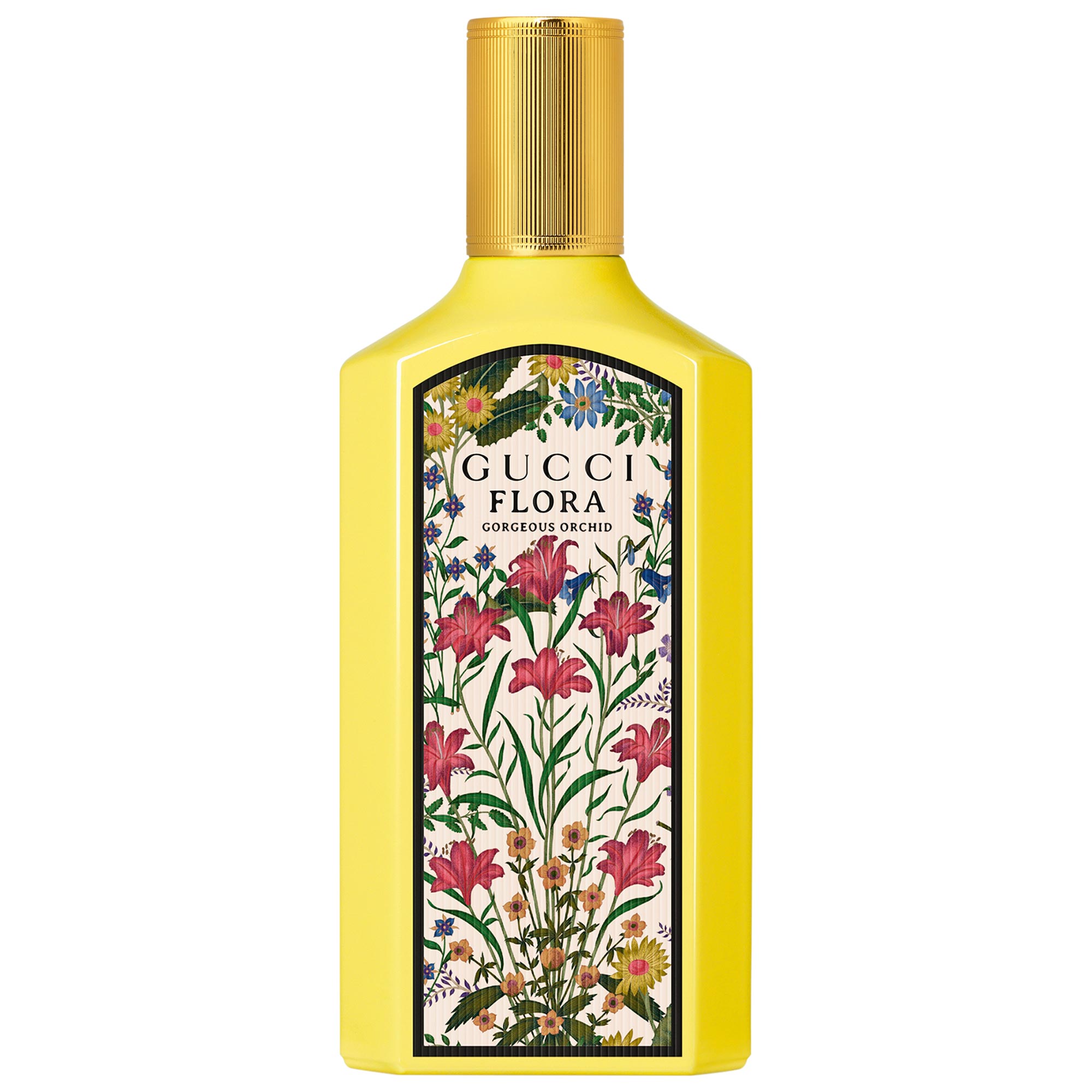
Gucci’s first foray into gourmand florals has become a new obsession for fragrance lovers. Marine ozonic accord imparts a tropical feel, while a deep vanilla base adds depth and warmth. Creamy and smooth, this scent satisfies any sweet cravings you have for the season.
Fragrance Family: Warm Florals
Key Notes: Vanilla Duo, Vanilla Orchid, Marine Ozonic Accord
Size: 3.3 fl oz.
What We Love: The lush floral notes don't get lost in the deep gourmand notes.
What We Don’t: It could be too sweet for some.
Review for MC: “I love a sweet scent to relax my mind—especially when it encourages daydreaming about a piña colada on a beach vacation. Though I'd rather be physically on an island with no access to email, spritzing this at least takes my imagination to the white sands of Turks and Caicos while getting my tan on. " — Audrey Noble, Contributing Beauty Writer
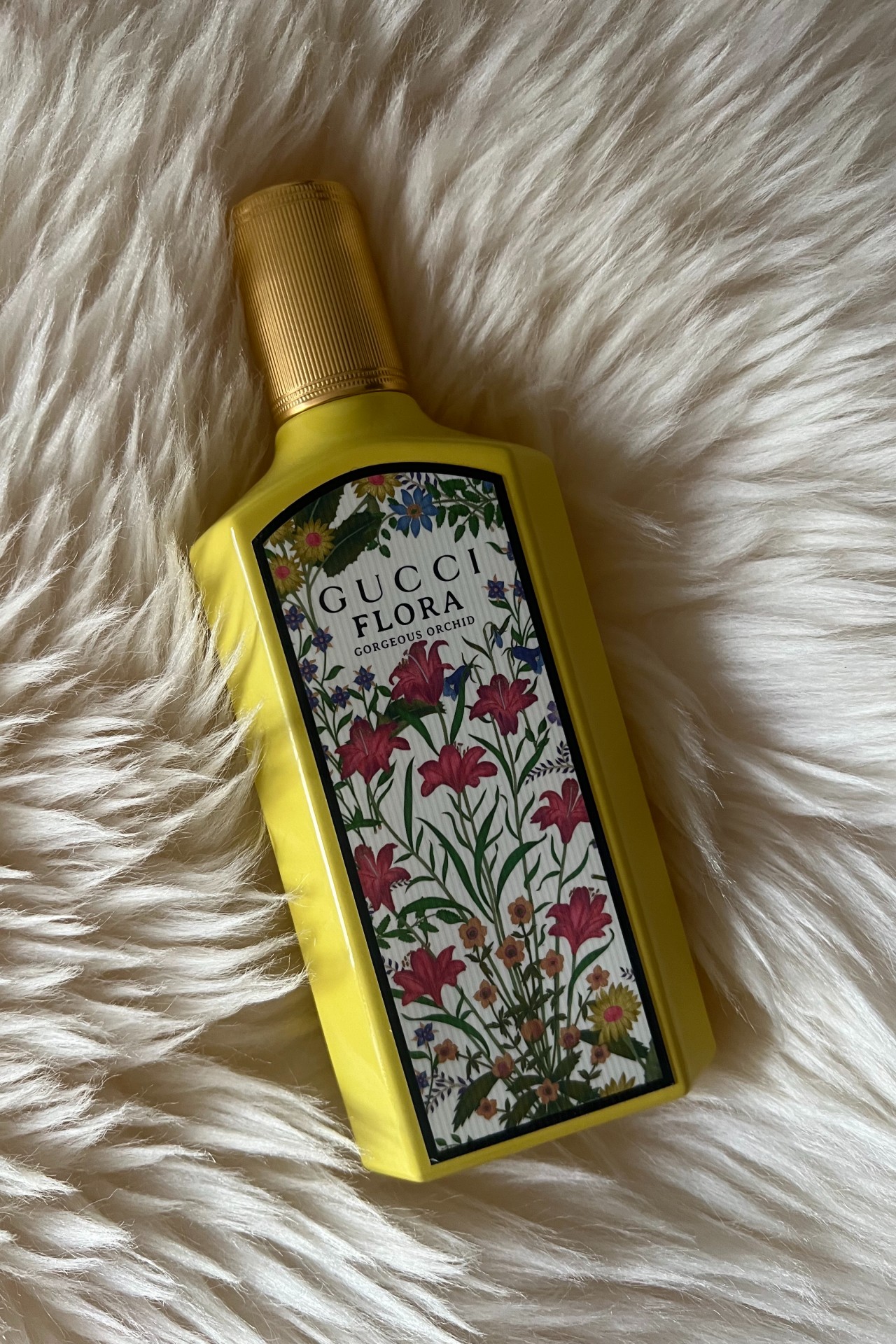
Audrey wears Gucci Flora Gorgeous Orchid Eau de Parfum
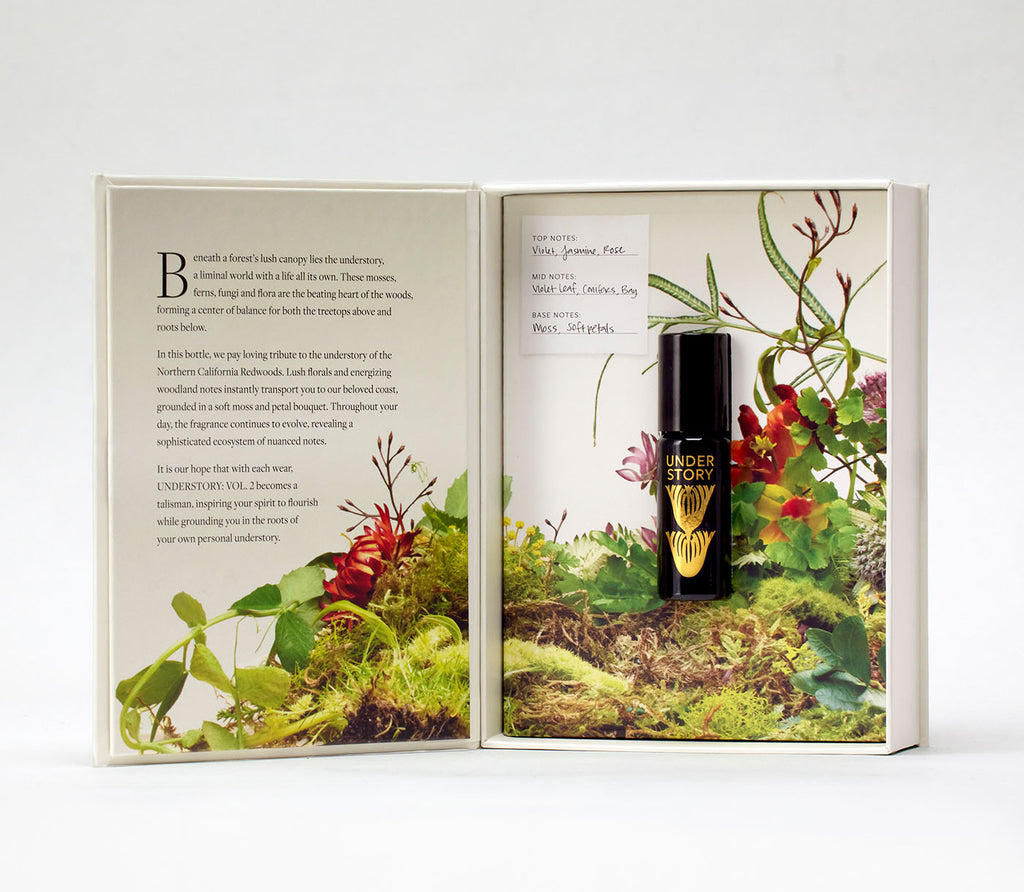
Vintner's Daughter has successfully bottled the majestic essence of California's Redwood Forests. The deep green mixt of moss, violet, jasmine, and rose is reminiscent of what towering trees smell like during a long, leisurely hike. If you have no real desire to be one with the forest, dabbing this on your pulse points is an excellent, earthy substitute.
Fragrance Family: Green Floral
Key Notes: Moss, Violet, Jasmine, and Rose
Size: 10 ml.
What We Love: It contains natural ingredients and comes in an oil for long-lasting staying power.
What We Don’t: It’s a bit pricey for the small amount you do get.
Review for MC: “I’m not too fond of woody, green scents. But leave it to a few, like this oil from Vintner’s Daughter, to make me become one with nature. It has a moss base that convinces me I'm walking amongst the trees but is topped with violet, jasmine, and rose for an ethereal finish. If I were a whimsical fairy, this is how I'd want my forest kingdom to smell like. " — Audrey Noble, Contributing Beauty Writer
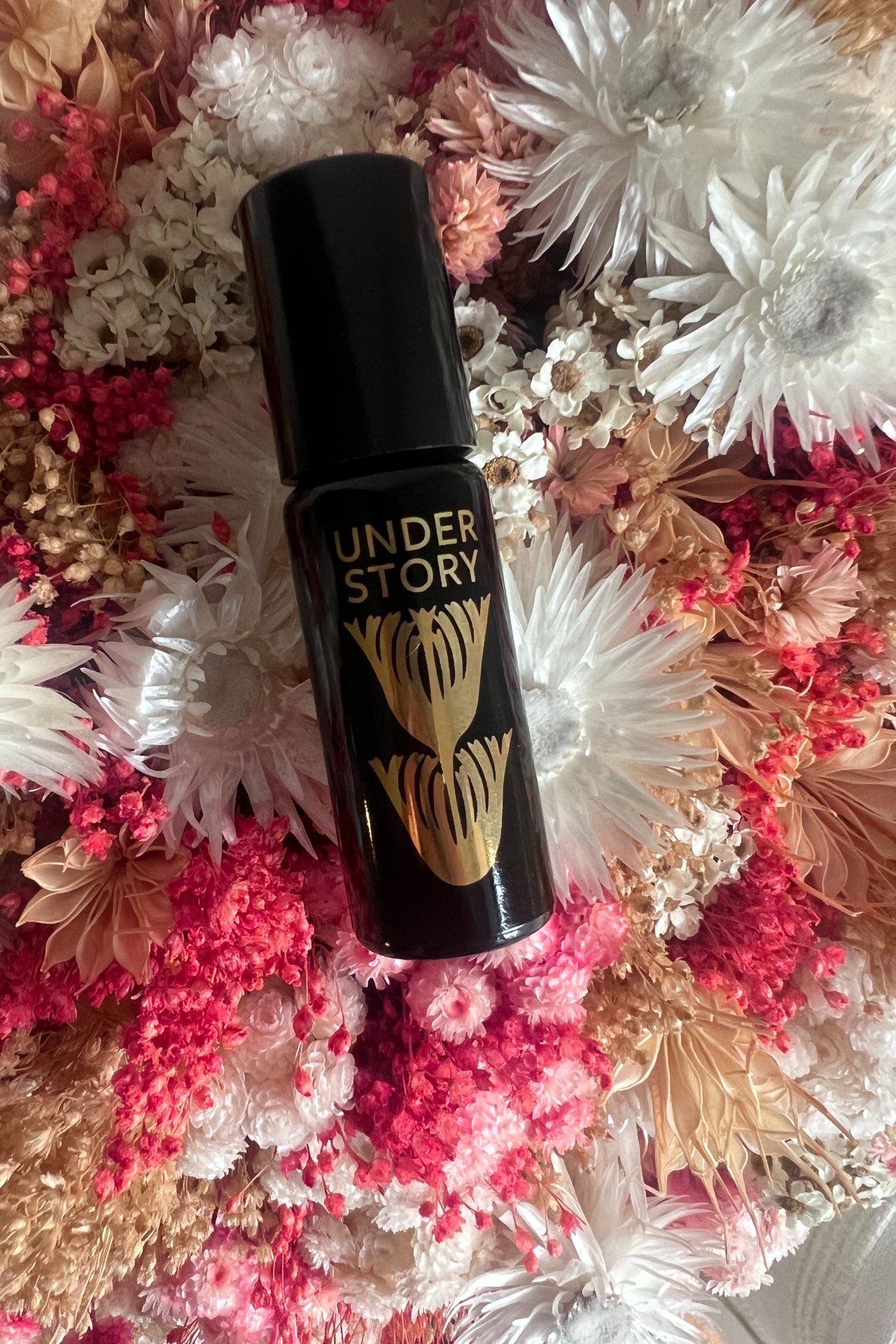
Audrey wears Vintner’s Daughter Understory Vol. 2
Other Floral Fragrances We Love
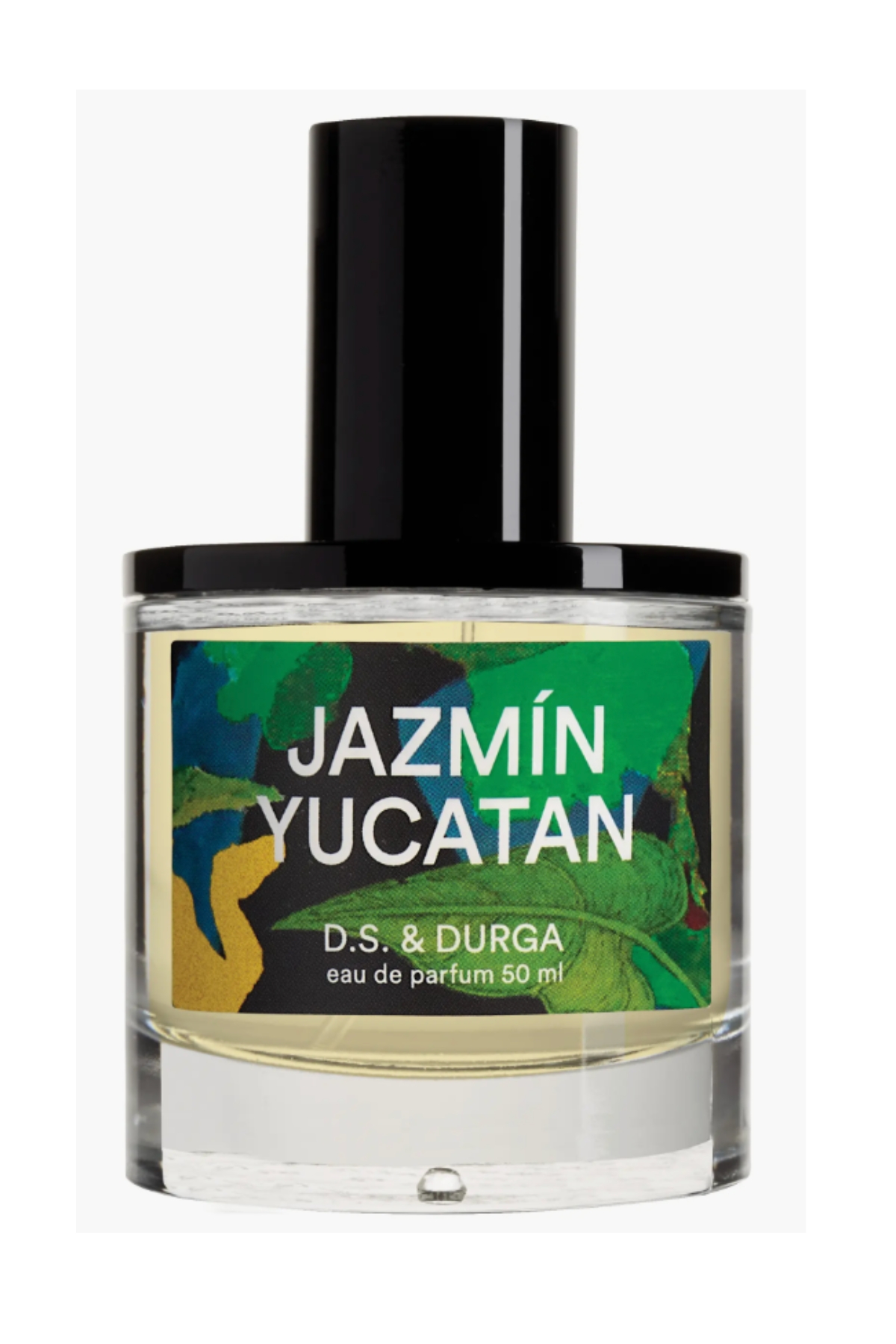
If you're hoping to find a green, exotic, and not-so-straightforward floral fragrance, this D.S. & Durga perfume is an exceptional option. A favorite of Marie Claire Beauty Director Hannah Baxter, this fruity and earthy scent transports you to the jungles of Central America. Top notes of passion flower and bergamot mingle mingle with middle and base notes of clove, snake plant, and vetiver. Divine.
Fragrance Family: Earthy Floral
Key Notes: Water, Passion Flower, Bergamot, Jazmín Yucateco, Clove, Vetiver
Size: 50 mL
What We Love: It's fresh and floral, light but earthy, and the scent lingers for hours
What We Don’t: More traditional fragrance fans may not find this direction satisfying
Review for MC: “I've always been an ardent florals fan, but sometimes I want to look beyond traditional rose or lavender scents. This exotic and transportive perfume takes me south for the winter, hiking along the rugged landscape of the Yucatan with lush greenery everywhere. The fresh water and passion flower notes are so delicate and sparkling, and the clove base grounds the floral blend perfectly." — Hannah Baxter, Beauty Director
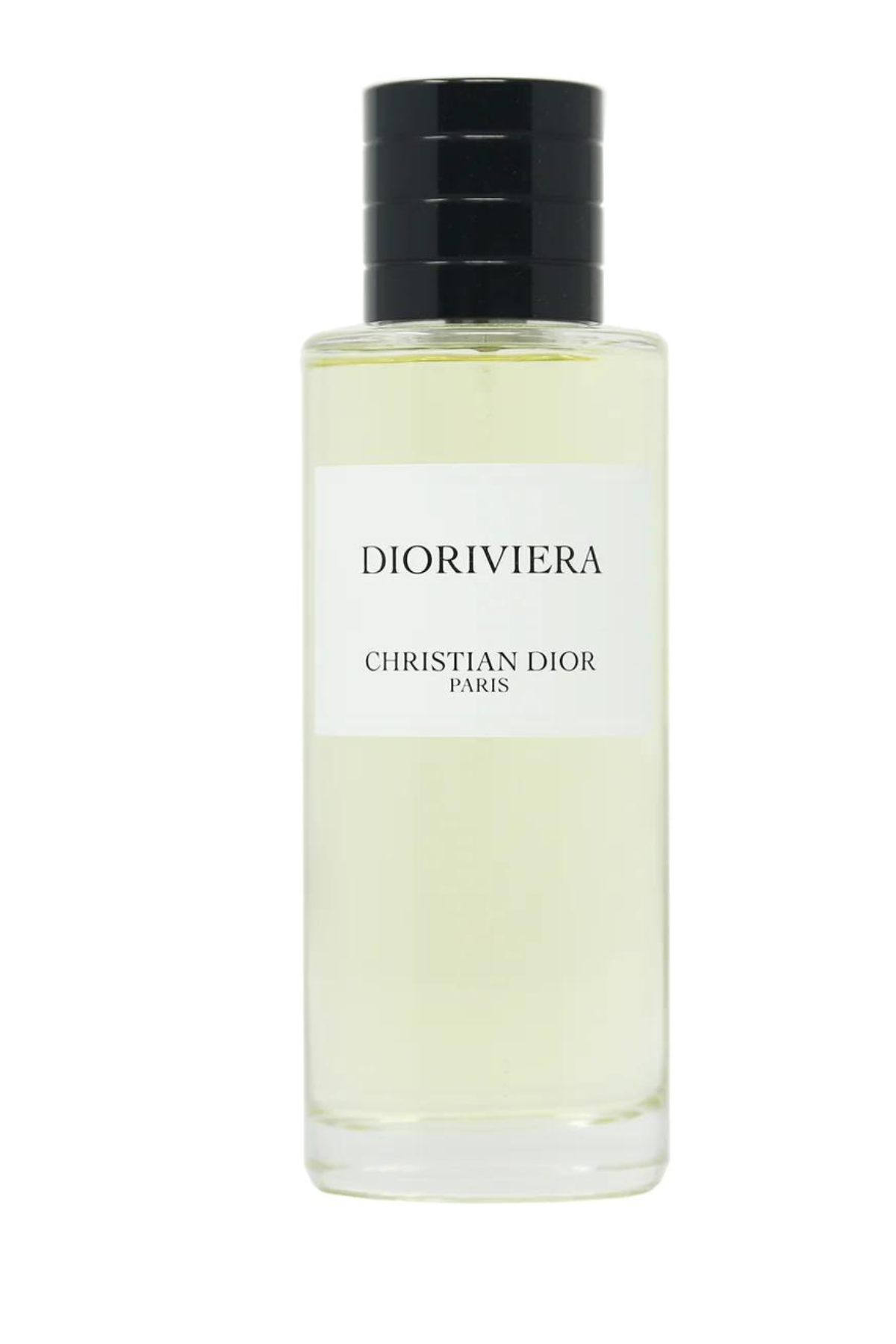
I’ve professed my love for Dioriviera time and again, but I’ll take every opportunity to sing the scent’s praises. Every time I spritz the fragrance, I’m instantly transported to the South of France, where master perfumer Maison Francis Kurkdjian was inspired to create the fig-meets-rose fragrance. It has a light and airy composition with hints of sweetness that have had me spritzing on repeat. Just a note: it does fade pretty quickly, so make sure to spray it on your clothes for extra lasting power.
Fragrance Family: Floral Fruity
Key Notes: Fig, Rose, Green Notes
Size: 4.25 oz.
What We Love: It’s a light floral fruity scent that is the perfect amount of sweet without being overwhelming
What We Don’t: It’s not as long-lasting as we’d like
Customer Review: “The smell takes me straight back to the Riviera. The delicious combination of fig and rose mingles beautifully on my skin, and leaves a subtle but sophisticated scent.” — Dior.com
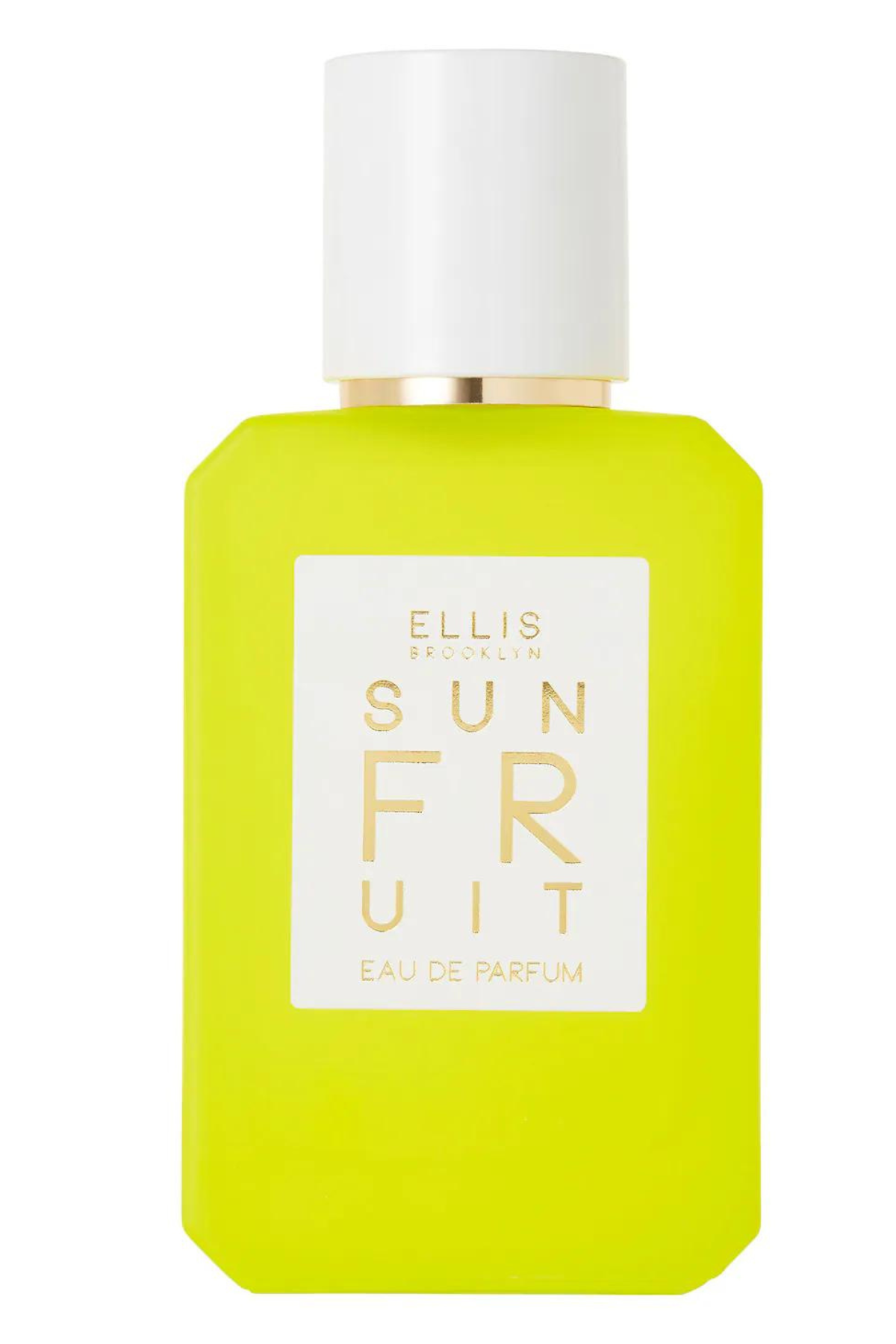
My go-to for sunny vacations, this fruity floral fragrance smells like summer and sunshine. I find the fruit profile, which is made up of fig and bergamot, to be more predominant, with jasmine offering up a subtle floral infusion. The more it sits on the skin however, the more I notice the warmth brought to the equation by vanilla and coconut. It also comes in a travel version that’s great to have on-hand for midday refreshes.
Fragrance Family: Fruity Floral
Key Notes: Fresh Fig, Handpicked Jasmine, Vanilla Planifolia
Size: 1.7 oz.
What We Love: It’s a wonderful mix of sweet floral and warm gourmands
What We Don’t: It may require multiple spritzes for the scent to last all day
Customer Review: “I really love this perfume! Sun Fruit is a very fruity-smelling perfume, so if you don't like sweet-smelling perfumes, I would avoid this. For me, it's my favorite scent, and this is the perfect balance of sweetness. I've been using this daily since I got it and have been getting so many compliments. I can't wait to try more of the Ellis Brooklyn scents because I love this one so much!” — Sephora
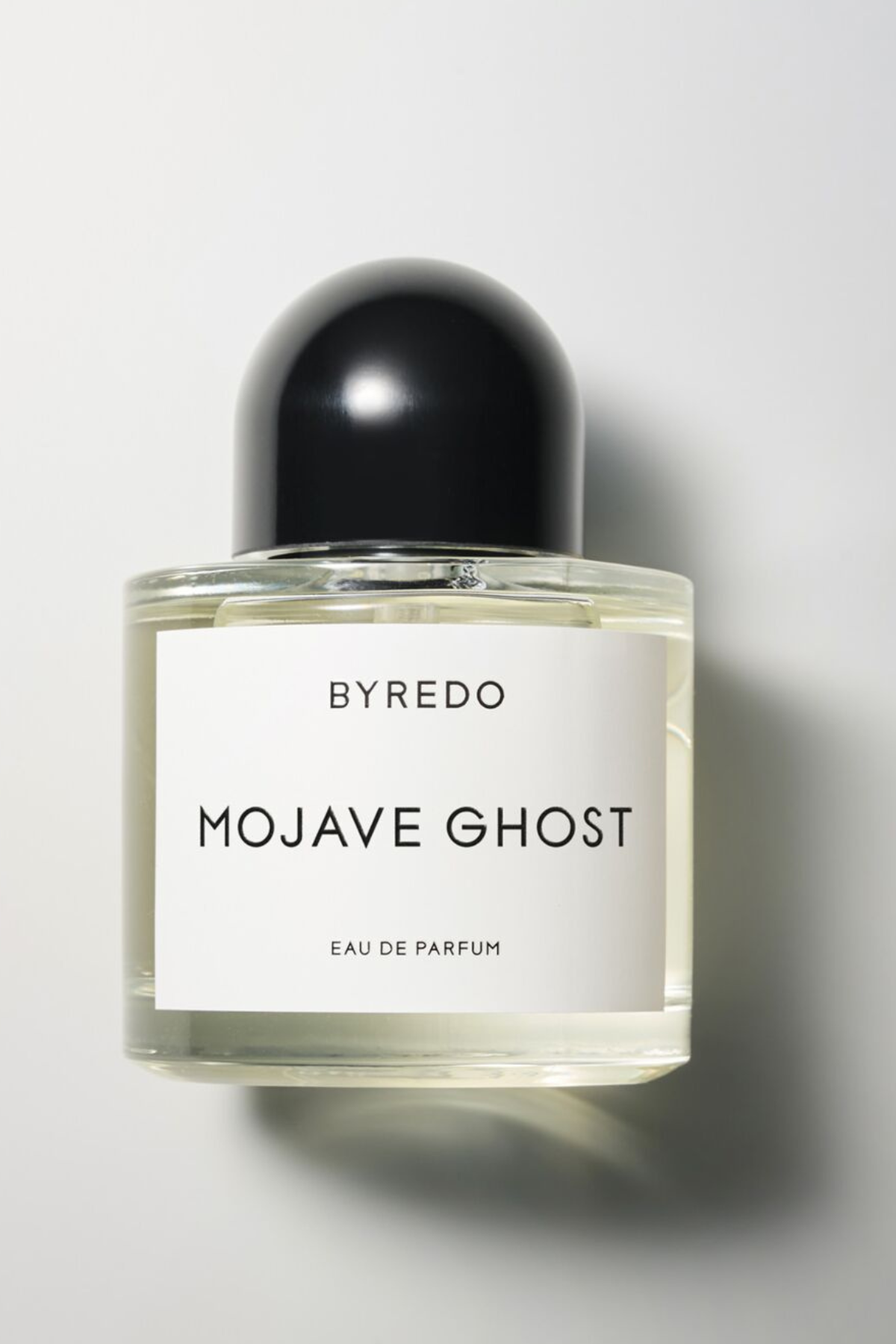
"I bought this Byredo perfume for myself but it was quickly adopted by my boyfriend, who swears by it in lieu of traditional cologne," says E-Commerce Editor Julia Marzovilla of the unisex perfume. "It's on the woodier side of the floral scent spectrum, so it's great to dabble in floral fragrances without going for the full bouquet." It has notes of ambrette and sandalwood combined with violet and magnolia, which leaves a skin-like scent that lingers. Plus, the bottle lasts forever since all you really need is one spritz.
Fragrance Family: Woody Floral
Key Notes: ambrette, violet, sandalwood, magnolia
Size: 1.7 oz.
What We Love: It combines wood notes with floral ones for a well-balanced warm scent that’s just lovely
What We Don’t: It doesn’t last as long as others on this list
Review for MC: “I had been debating purchasing for weeks and I threw caution to the wind and bought Mojave Ghost based solely on reviews. Big win! It leans mostly on the floral note, but subtly. On me, it’s fresh and clean with the right touch of earthy for balance. It is quite a beautiful concoction and I will never buy another perfume based only on reviews. I won the scent lottery with this purchase and used up all my luck. Dive in! All is good!” — Nordstrom
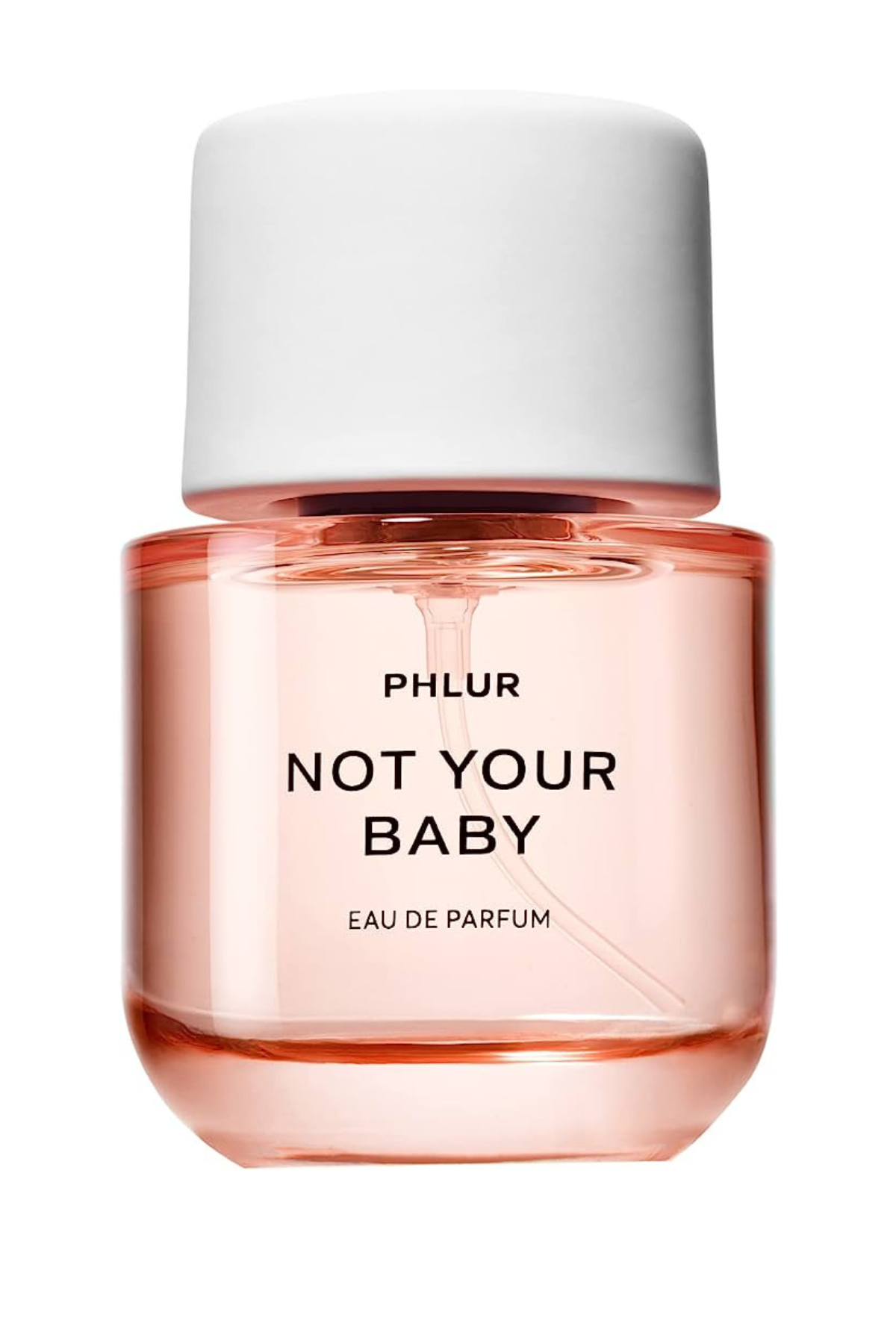
Phlur is one of the most coveted fragrance brands around and with good reason. Its scents stick to skin all day long, but aren’t so strong that they’re overwhelming. Their Not Your Baby fragrance is one of my new favorites. This sweet scent immediately brings up notes of violet and mimosa, but also includes warmer notes like vanilla milk, tonka bean, and sandalwood. It’s distinct and feminine and challenges my long-held aversion to anything vanilla.
Fragrance Family: Florals
Key Notes: Cardamom, Mimosa, Vanilla Milk
Size: 1.7 oz.
What We Love: It’s a sweet-smelling floral that’s long-lasting
What We Don’t: It might be too powdery for some
Review for MC: “This perfume smells so amazing. Reminds me baby powder scent. Very light fragrance but I can smell it all day. Also bought bath gel and lotion. I bought 5 of their scents and by far this is best.” — Sephora

This intoxicating scent incorporates wild iris, blackcurrant, and a patchouli heart to create a blend that reminds me to stay calm and grounded; it smells a little like incense in the best way. Because it's a bit smokier, I like it for a nighttime floral moment, especially for date night.
Fragrance Family: Warm Floral
Key Notes: Sweet Violet Leaf, Bulgarian Rose Damascena, Blackcurrant Sandalwood
Size: 50 ml
What We Love: It’s deep and warm and can work for everyday use or for a fun night out
What We Don’t: It may be too strong for some
Review for MC: “This perfume smells SO GOOD, and for some reason reminds me of a discotheque of the '80s.” — Amazon
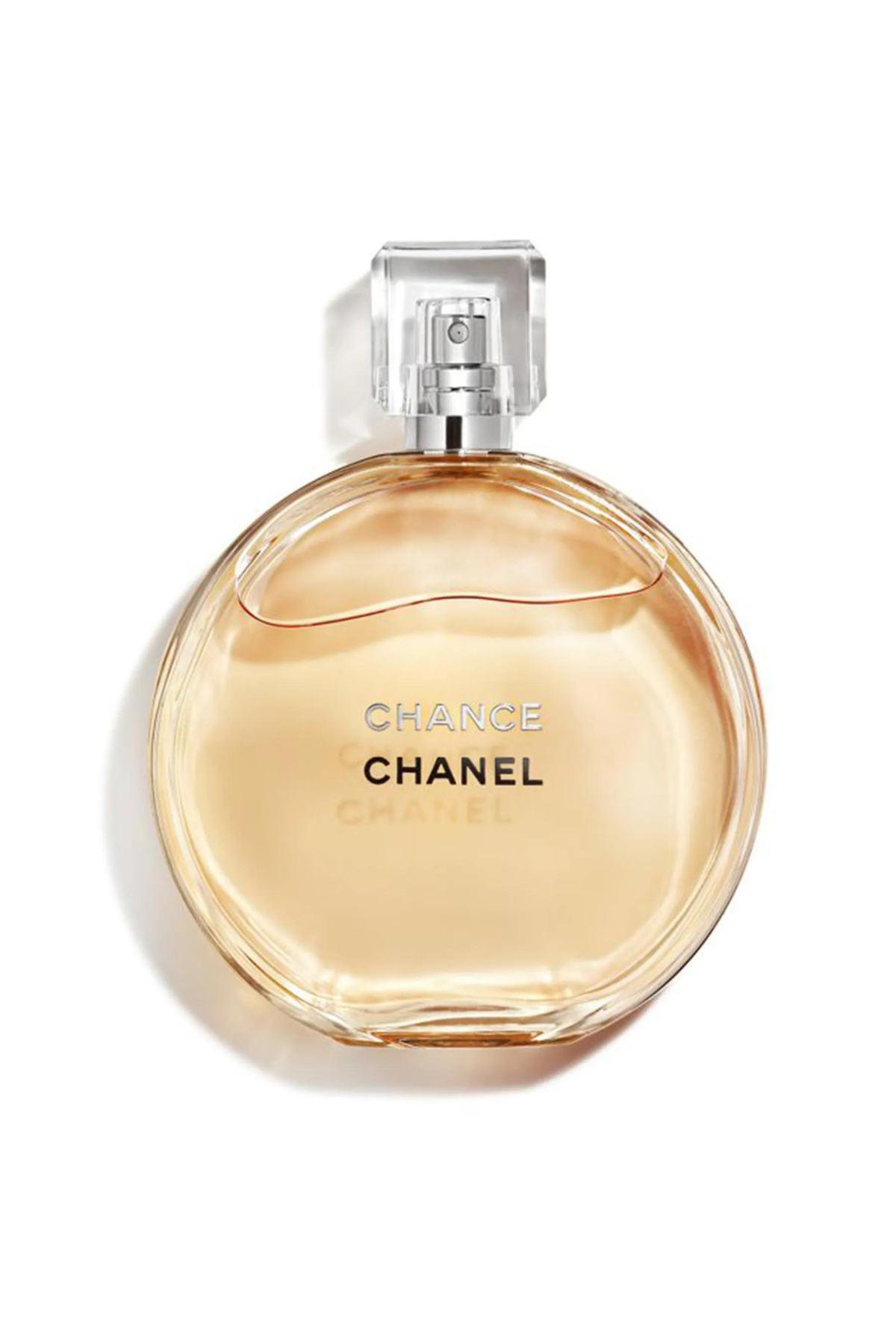
“Spicy floral fragrance are some of my personal favorites—it’s an unexpected twist on an uber-feminine flavor profile. Case in point? The Chanel Chance Eau de Toilette, which is a gorgeous classic. The stars of the show are pink pepper, jasmine, and amber patchouli, but rest assured, the combination of ingredients will smell different on your skin at every point throughout the day. Sometimes, you’ll get a whiff of spice, while other times, the fragrance will smell predominantly floral.
Fragrance Family: Floral
Key Notes: Jasmine, Pink Pepper, Patchouli
Size: 1.7 fl oz.
What We Love: The hit of spice adds depth to this otherwise very sweet floral
What We Don’t: It’s pretty strong and can be overwhelming for some
Review for MC: “This perfume smells good. It’s a mature scent and lasts a long time. This perfume is good for a date night or a night out with friends. I would definitely recommend this perfume to friends and family members.” — Sephora
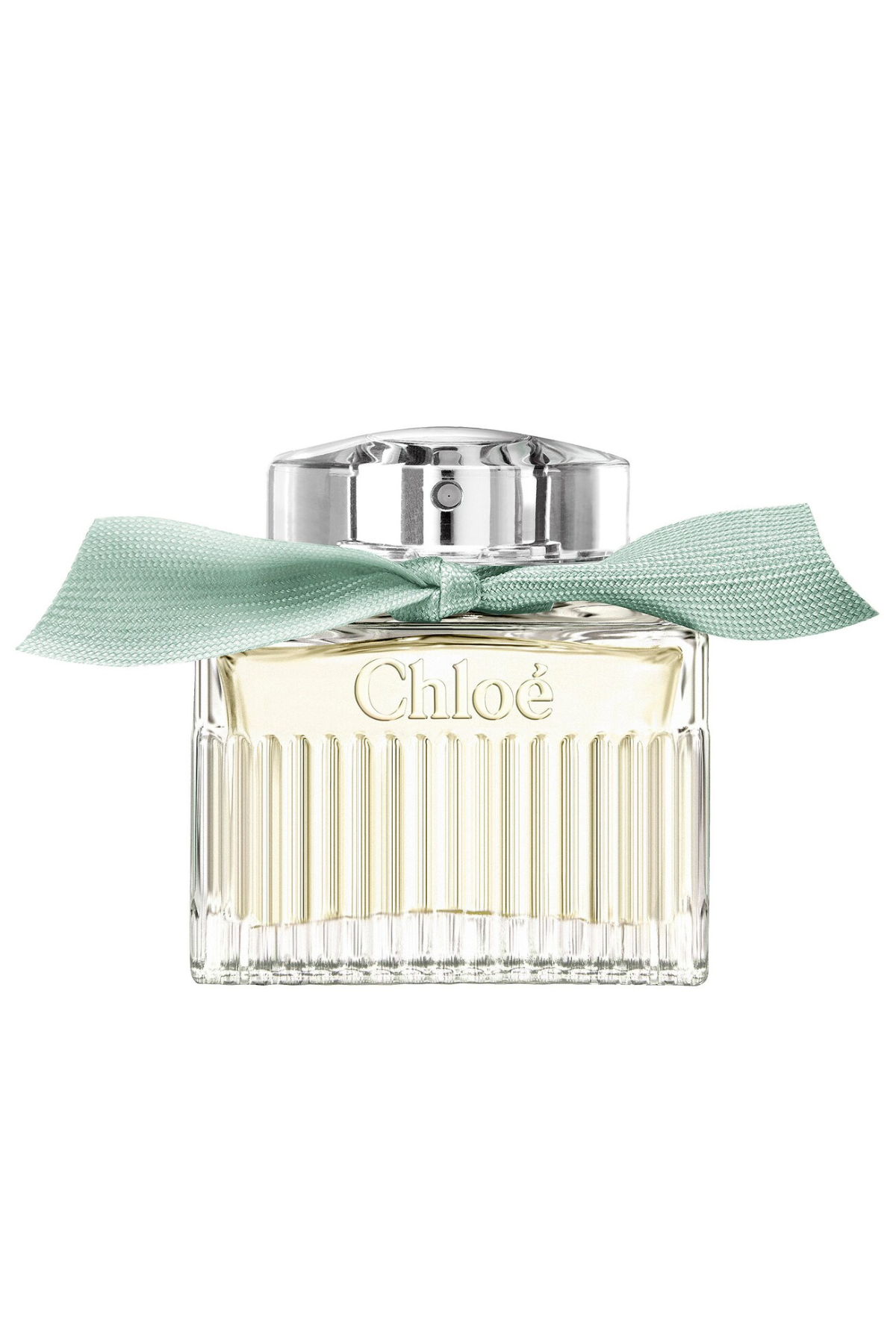
If I’m being candid, this is one of my favorites for fragrance layering. It has a fresh floral base with a touch of neroli and cedar, but it plays nicely with just about everything. I’ve had success mixing it with a vanilla-first fragrance, a spiced blend, and even a more woody scent.
Fragrance Family: Woody Floral
Key Notes: Organic Rose Essence, Neroli Essence, Cedar Essence, Mimosa Absolute
Size: 1.6 fl oz.
What We Love: It makes for a great layering scent
What We Don’t: It doesn’t last as long as we’d like.
Review for MC: “I used to avoid floral scents like the plague. This is so fresh smelling. Honestly, it makes me feel more feminine and classy. I enjoy wearing a bit after a shower before bed to relax and spritz some on when I leave the house. A nice compliment to any outfit without a synthetic smell.” — Ulta
What to Look For in Floral Fragrances
- Specific Notes
Floral notes run the gamut—you’ll find the obvious rose note in some, but you’ll also see geranium, lily of the valley, jasmine, gardenia, violet, neroli—the list goes on. The concentration and depth of each note will vary from fragrance to fragrance.
- Concentration
Pay attention to whether your fragrance is an eau de parfum or eau de toilette—it indicates how long-lasting your fragrance will be. “Alcohol really works as a carrier and disperser of scent, making it the ideal base for perfume,” Abel founder Francis Shoemack tells Marie Claire. An eau de parfum will have more perfume, less alcohol, whereas an eau de toilette will have less perfume and more alcohol, meaning its scent is more fleeting. The former will last longer on your skin, but is typically more expensive.
Why Trust Us
Marie Claire is a perfume authority, having tested over 500 fragrances for the Marie Claire 2024 Fragrance Awards. We have reviewed every fragrance family, reported on fragrance trends, and are constantly staying up to date on emerging notes and innovations. Audrey Noble and Samantha Holender have each reported on dozens of fragrance stories, including the best woody fragrances, the best vanilla fragrances, and the best citrus fragrances.
How We Tested
To compile this list of the best face floral fragrances, we scoured the internet and combed through countless customer reviews to find the top-rated options on the market. We also asked the Marie Claire team to share their holy grail picks and asked independent and staff testers to try a mix of cult favorites and new launches.
For each floral fragrance we tested, we assessed the fragrance's notes, how long it lasts, and its overall scent as the day goes on.
Meet the Experts
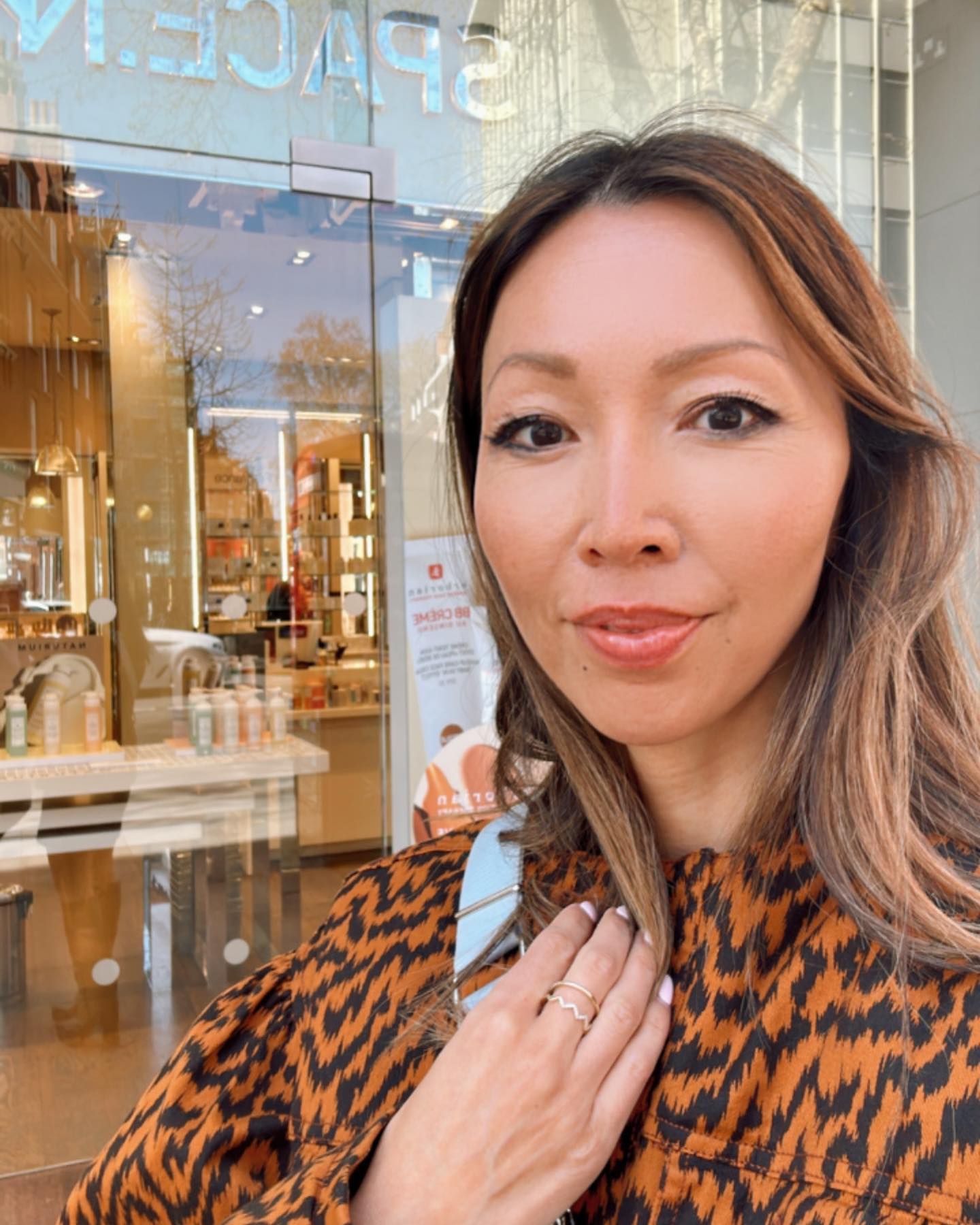
New York Times beauty columnist and feature writer and founder of fragrance brand Ellis Brooklyn.
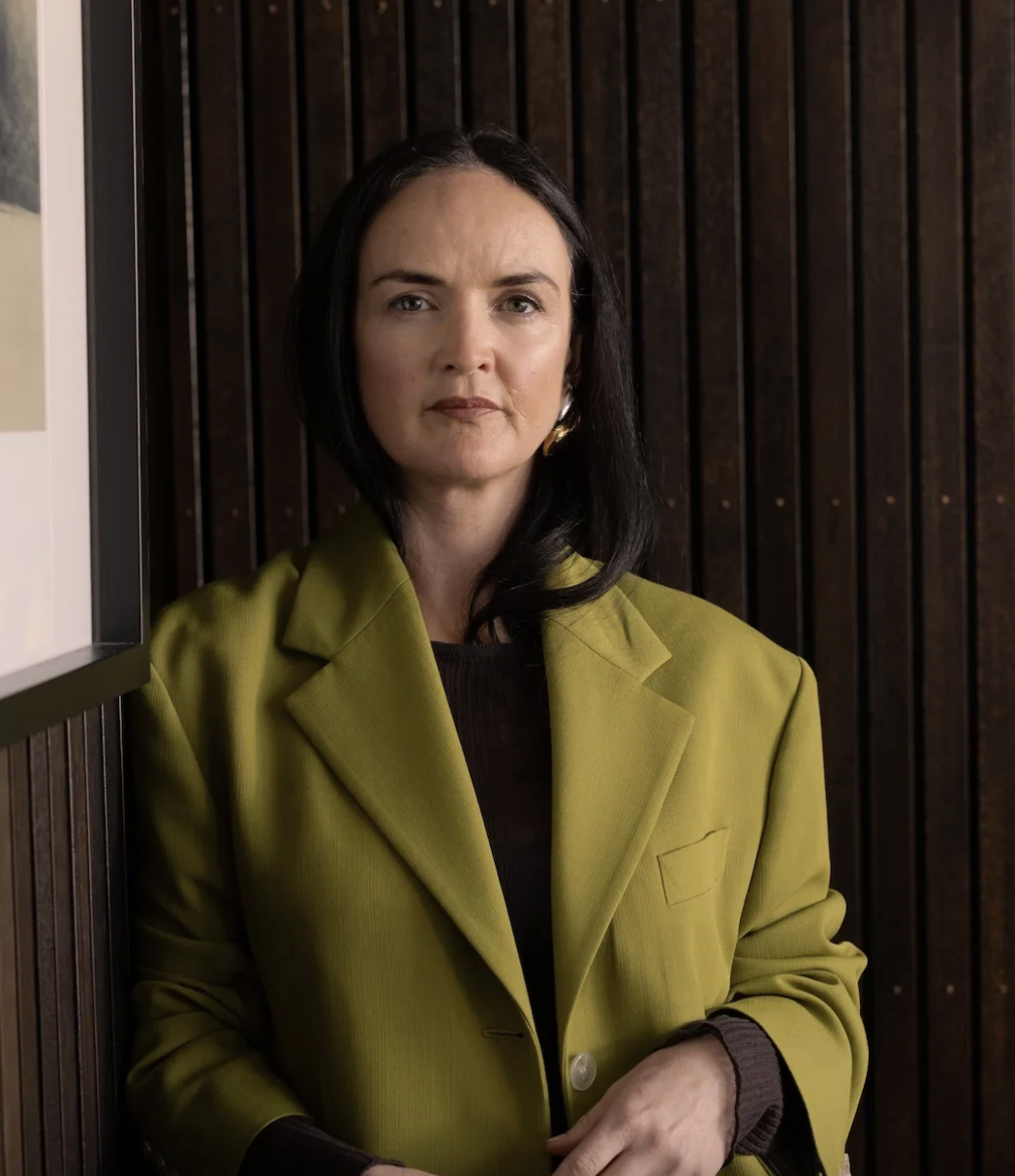
Former winemaker and founder of all-natural fragrance brand Abel.
Get exclusive access to fashion and beauty trends, hot-off-the-press celebrity news, and more.
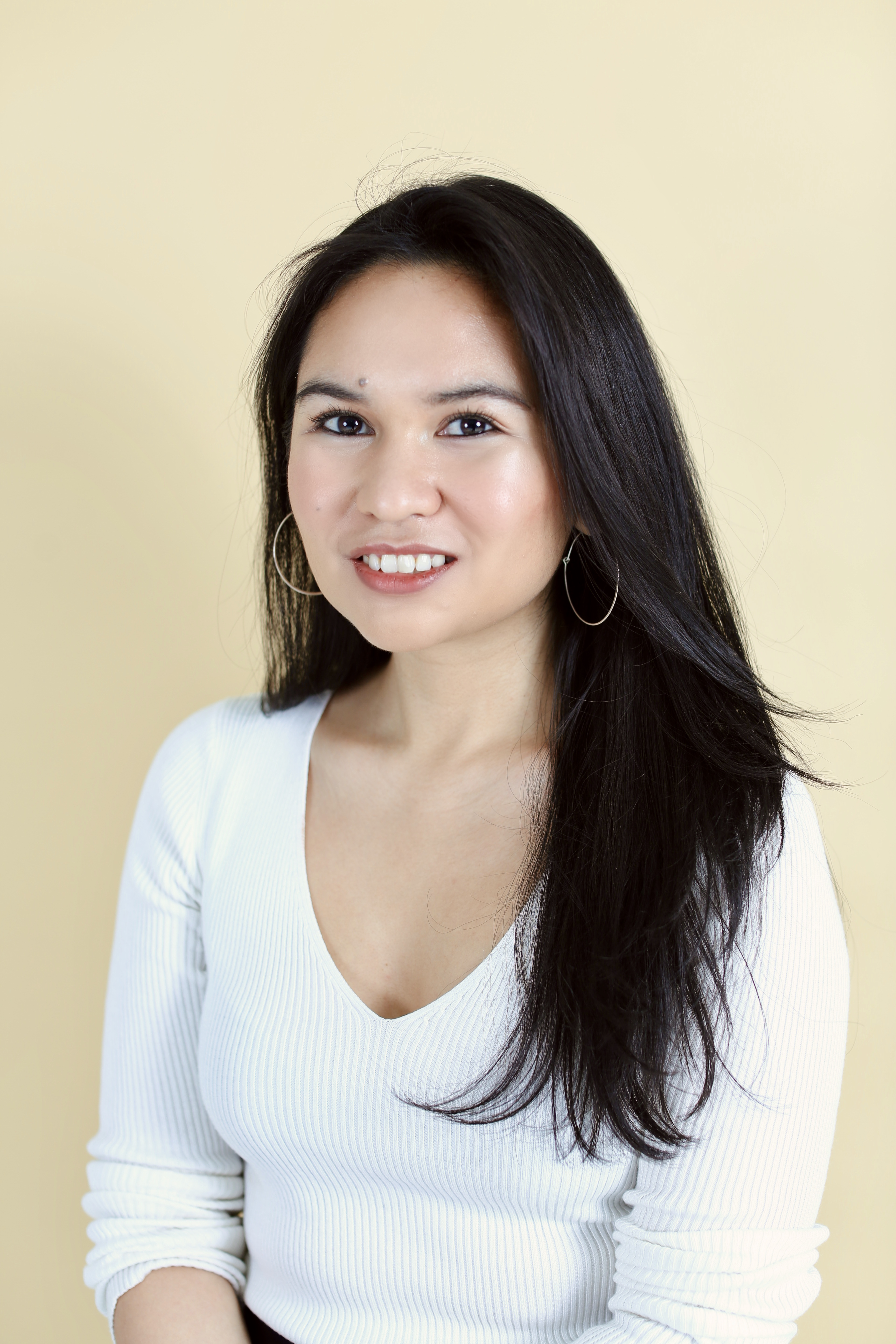
Audrey Noble is a freelance beauty editor and writer with 10 years of experience in the industry. Previous to going freelance, she has held editorial positions at Vanity Fair, Allure, and Refinery29. Now, along with Marie Claire, she regularly contributes to Vogue, Harper’s BAZAAR, and more.
In her spare time, she is either catching every Lakers game on TV (time difference be damned) or binging the latest season of Love Island (both UK and US).
- Samantha HolenderSenior Beauty Editor